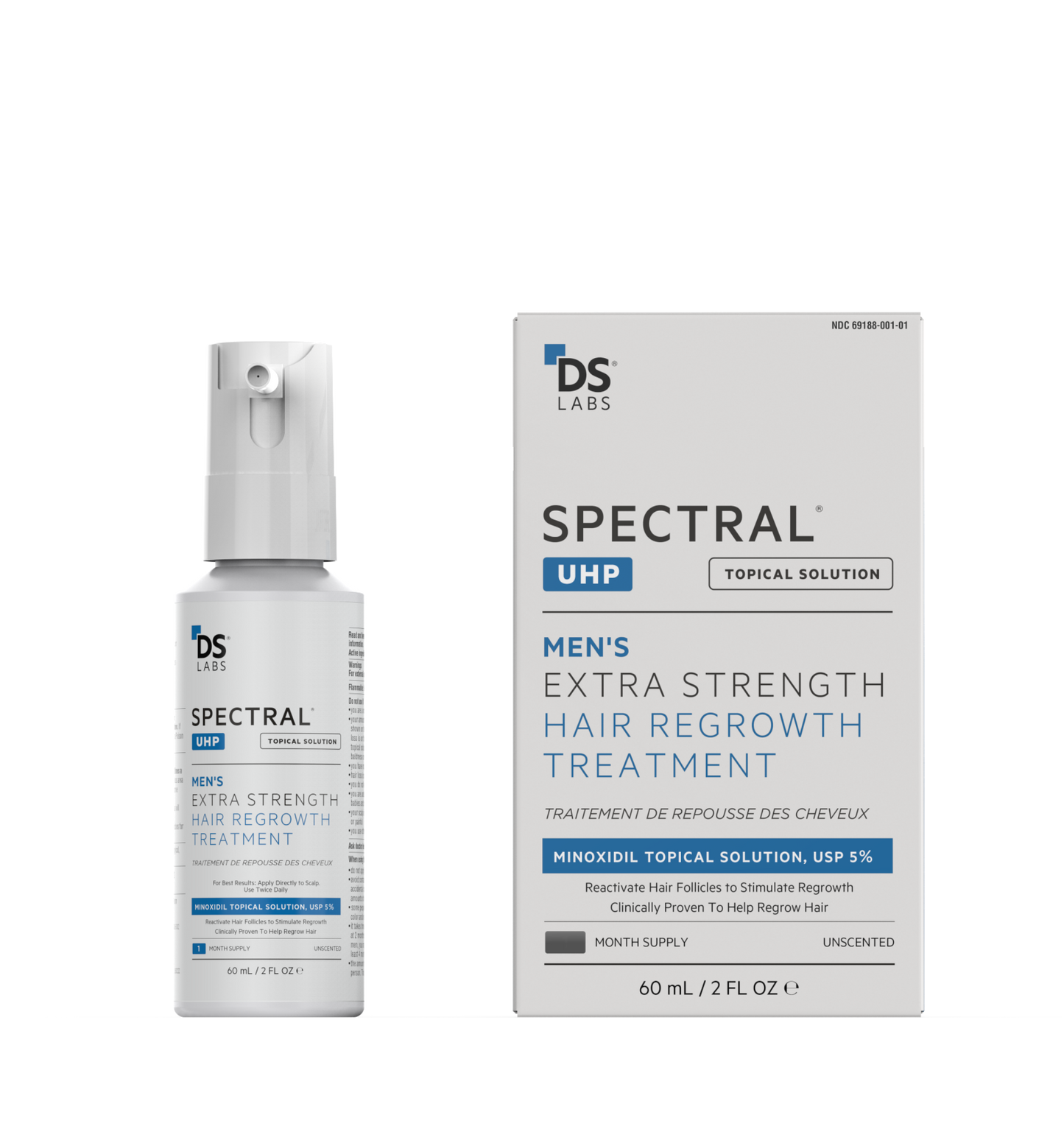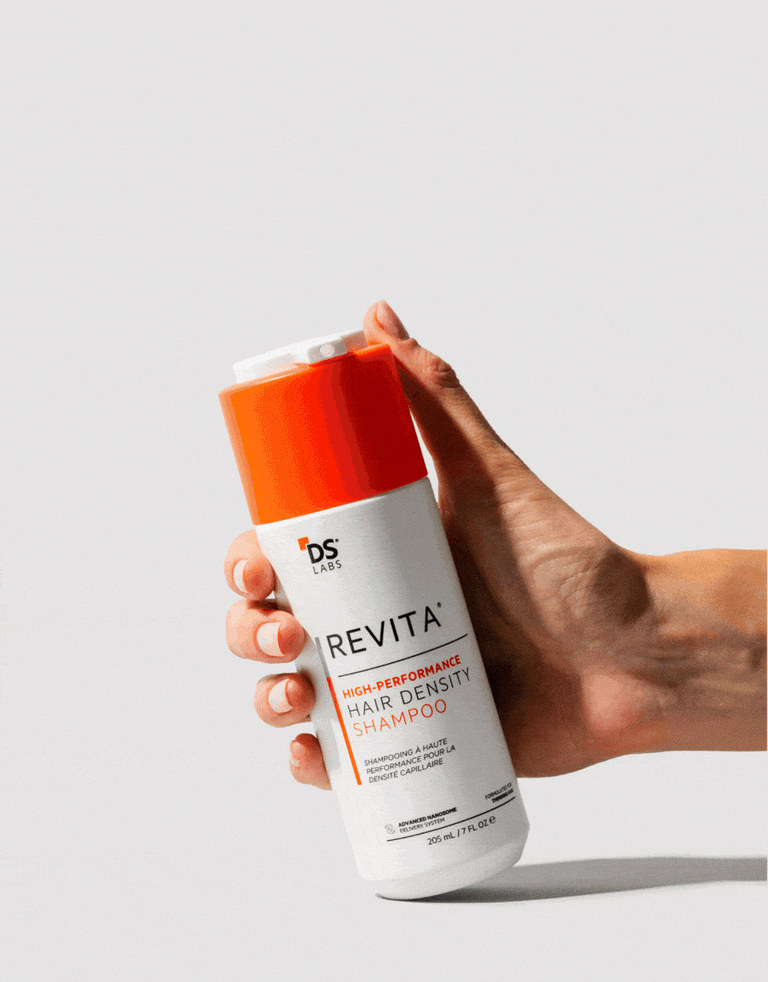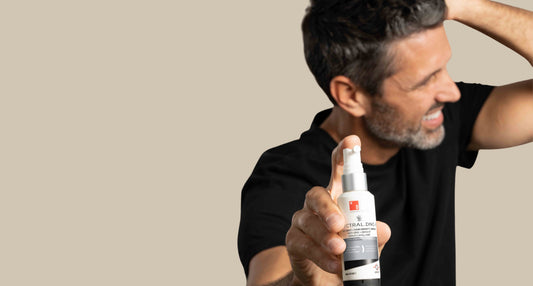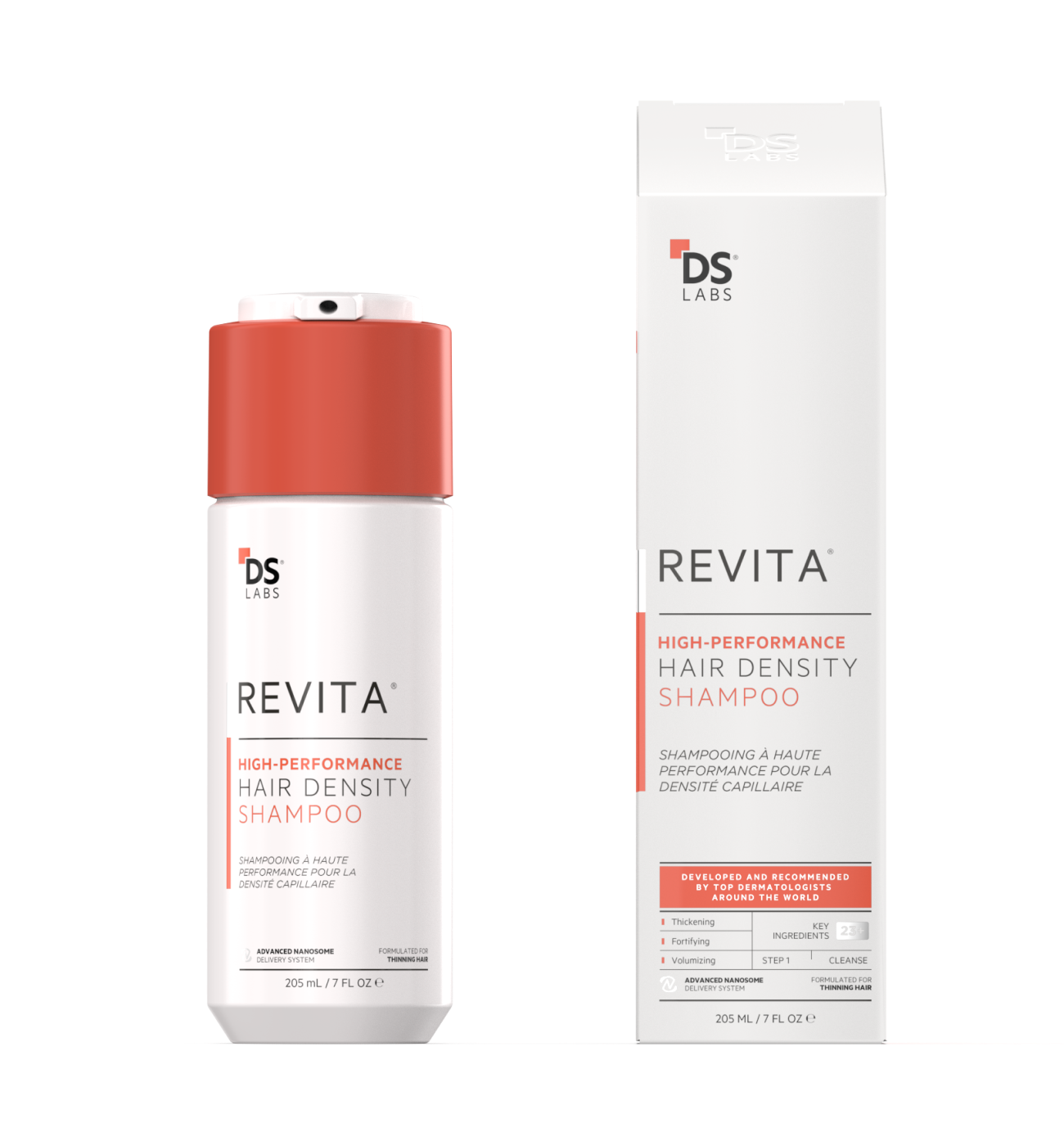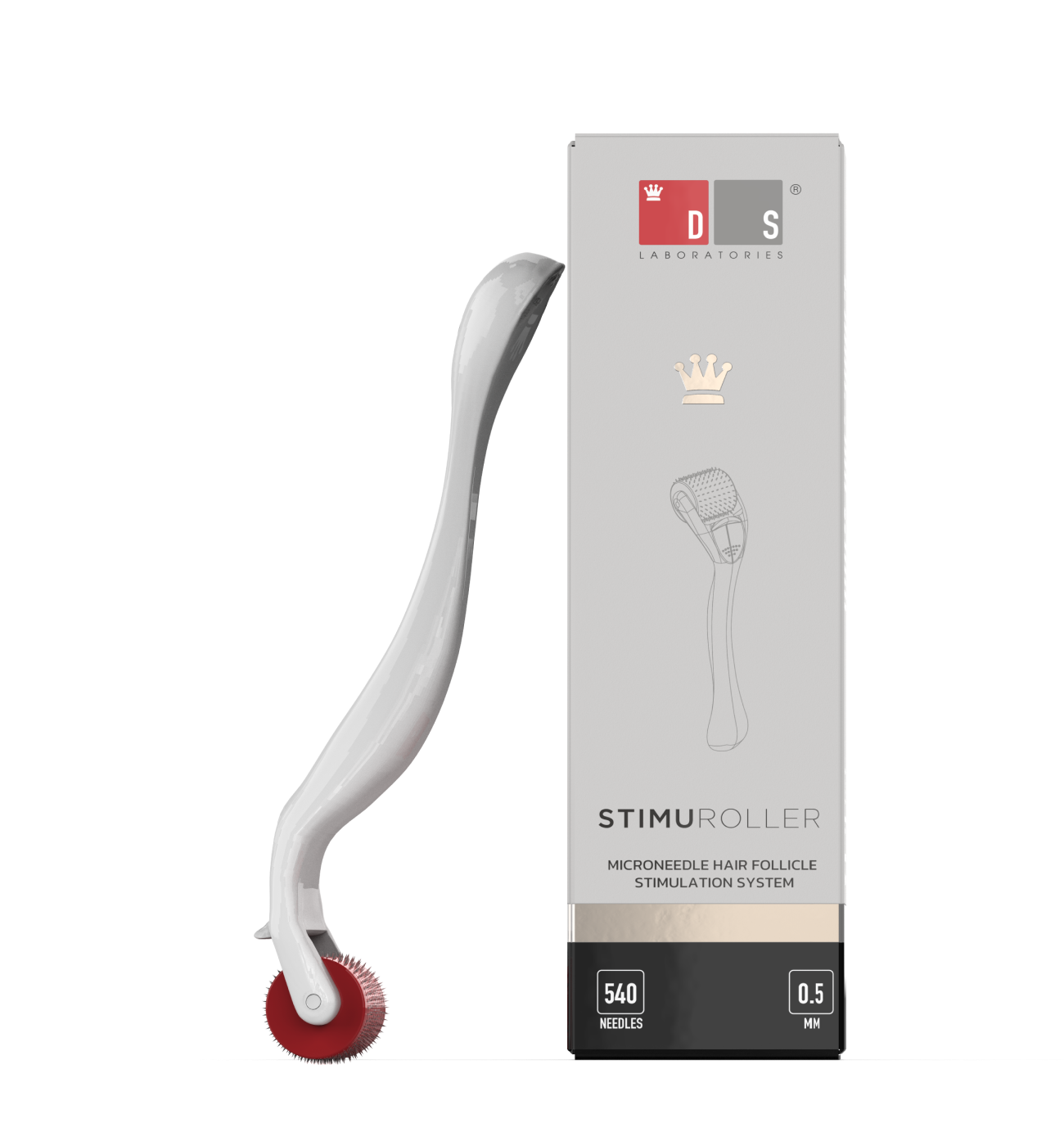Is your hair getting thinner? Are you seeing more strands on the floor and shower drain than usual? Thinning hair can be worrying because it can drastically impact your appearance but it’s a reality that many people face, especially men.
Despite the fact that most people are embarrassed to talk about it, about 80 million Americans experience hair loss. The earlier you address it, the better your chances of reversing it or at least minimizing its symptoms. One of the most common medications for hair loss is minoxidil. Let’s learn more about it to find out if it might be the right treatment for you.
But before we dive in and start talking about minoxidil, let’s explore what hair loss is and what causes it.
What Is Hair Loss or Hair Thinning?
Hair thinning or hair loss refer to a decrease in one’s overall hair, including the strands on the head. Hair thinning, also known as alopecia or balding, is a condition in which hair becomes less dense over time, resulting in the loss of scalp and/or body hair.
What Causes Hair Loss or Hair Thinning?
Numerous factors, including genetics, hormonal imbalances, diet and nutrition, stress, and even physical pressure, can contribute to hair loss. It could also be a sign of more serious health problems like diabetes or a thyroid problem.
Pattern baldness is another name for thinning hair, which happens when your hair follicles shrink and produce thinner strands of hair. Stress can also cause the hair to thin. Some medications may exacerbate the condition.
Who Experiences Hair Loss More, Men or Women?
Statistics show that men have a much higher chance of losing their hair than women. The likelihood of experiencing some form of hair loss in one's lifetime is greater than 55% for women and 85% for men.
Seventy percent of men and 40% of women get permanent hair loss during their lifetimes. Androgenic alopecia affects men more frequently. This genetically inherited disorder is referred to as male pattern baldness.
Meanwhile, women are more likely than men to experience traction alopecia, a type of hair loss that develops when hair follicles are repeatedly pulled. This stress on the hair follicles can occur due to tight hairstyles like braids, ponytails, and hair extensions.
How To Treat Hair Loss or Hair Thinning?
One of the most common treatments for hair thinning or hair loss is minoxidil which is sold under the brand name Rogaine.
It is a topical medicine that works by stimulating hair follicles to grow new hair. It is applied topically to the scalp to help promote hair growth. Originally designed to treat high blood pressure, many people have discovered that it is also useful for treating hereditary, pattern, and male-pattern baldness.
Keeping It Real: Using Minoxidil and What You Can Expect From Daily Use
It’s important to note that this treatment won’t regrow lost hair, however, it will help prevent future hair loss or stop it in its tracks. If you have a receding hairline, it will not cause new hair to grow. In order to increase the amount of oxygen that reaches your hair follicles and promote growth, it relaxes the blood vessels in your scalp.
It is most effective for people under 40 who have just started to lose their hair.
Note that the beneficial effects of Minoxidil will only continue if you keep applying the drug. When you stop its topical application, you will lose the newly grown hair after a few months.
How to Apply Minoxidil to Your Hair
The minoxidil solution must be applied to the scalp twice a day, leaving it on for at least five minutes before you wash or shampoo your hair. Minoxidil works best when you use it every day and keep using it for six months or longer.
While most people see results within seven months, you may need eight to 12 months before noticing any significant improvement in your hair growth.
Before applying Minoxidil, clean and dry the area of the scalp where you’ll be applying it. You can also apply minoxidil to damp hair. Use at least 20 drops on the part of the hair that is thinning. Gently rub the solution evenly onto the afflicted area.
Side Effects of Minoxidil
Just like any medication, minoxidil has side effects. Minoxidil is associated with several potential adverse effects such as increased heart rate, headaches, and flushing of the face. In addition, it can lead to an increase in body hair, acne and facial hair, headaches, fatigue, and dizziness. You may also notice dryness, swelling, itching, and skin irritation. Fortunately, these side effects will usually clear up after stopping treatment for a few days.
Minoxidil and Hair Growth
Minoxidil can be a revolutionary drug if you’re under 40 and have only recently started noticing thinning hair. It can increase blood circulation to your hair follicles and encourage new hair growth. However, it does have its share of side effects and will only be effective if you keep using it.
Before taking any medication for hair loss, consult your doctor to ensure that you’re receiving the right treatment based on your medical history and current health status.



